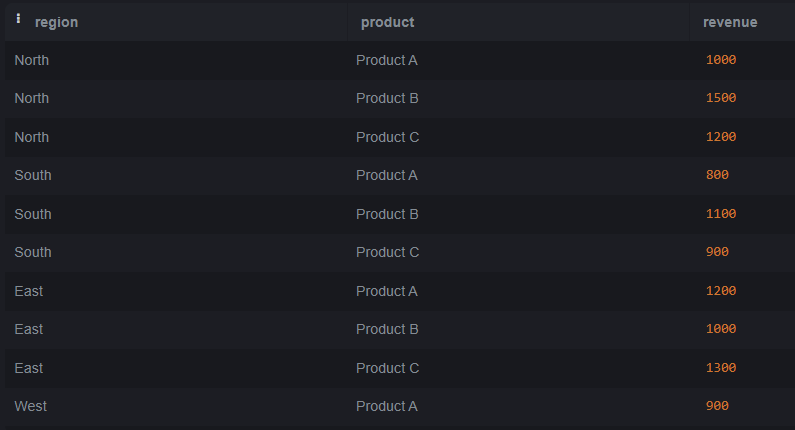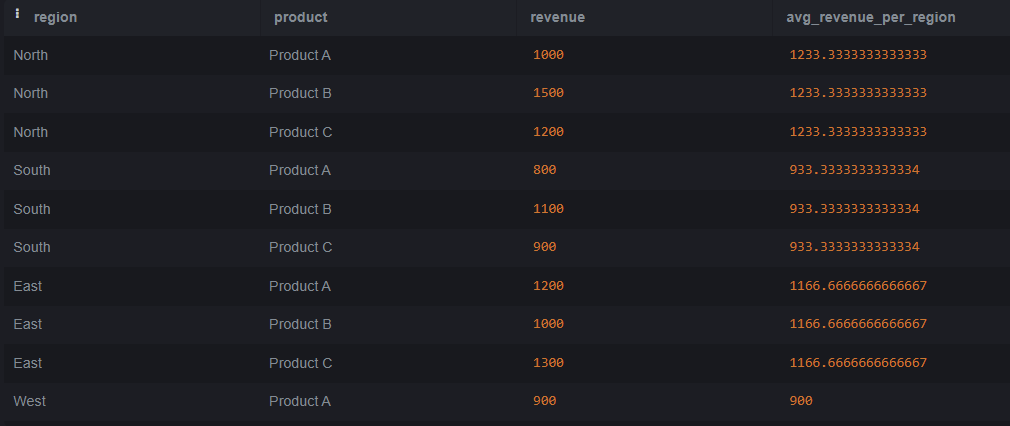Assume a situation where the data to be retrieved is grouped by specific criteria and the rows are desired to be filtered so that data from the top N rows in each group can be obtained, SQLite databases will be the tools used.
This can be particularly important where, for example, items need to be ranked categorically or to identify the top performers in different groups. While database systems that offer specialized functions for this task exist, SQLite doesn’t provide such core capabilities.
In this article, We will learn about How to Restrict results to the top N rows per group in SQLite by understanding various methods along with the examples and so on.
How to Restrict Results to Top N Rows per Group?
When working with large datasets, it’s often necessary to extract the top N rows per group based on certain criteria. SQLite provides several methods to achieve this, including the use of subqueries and window functions. Below are the methods that help us to extract the Top N Rows per Group in SQLite.
- Using Subquery with Row Number
- Using Correlated Subquery
- Using Common Table Expression (CTE) with Window Function
Let’s Set up an ENVIRONMENT
To understand How to Restrict results to top N rows per group in SQLite we need a table on which we will perform various operations and queries. Here we will consider a table called sales_data which contains region, product, and revenue as Columns.
CREATE TABLE sales_data (
region TEXT,
product TEXT,
revenue REAL
);
INSERT INTO sales_data (region, product, revenue) VALUES
('North', 'Product A', 1000),
('North', 'Product B', 1500),
('North', 'Product C', 1200),
('South', 'Product A', 800),
('South', 'Product B', 1100),
('South', 'Product C', 900),
('East', 'Product A', 1200),
('East', 'Product B', 1000),
('East', 'Product C', 1300),
('West', 'Product A', 900);
Output:

1. Using Subquery with Row Number
This method makes use of a subquery that produces a row number (row_num) for each row of its region in accordance with its revenue, i.e. higher revenue rows are assigned lower numbers.
The ROW_NUMBER() function provides an integer representation of each row within the partition defined by the PARTITION BY clause.
SELECT *
FROM (
SELECT *,
ROW_NUMBER() OVER (PARTITION BY region ORDER BY revenue DESC) AS row_num
FROM sales_data
) AS ranked
WHERE row_num <= 2;
Output:

Explanation: This query retrieves all columns from the sales_data table, adds a row number for each region based on revenue in descending order, and then filters the result to only include the top 2 rows for each region.
2. Using Correlated Subquery
The process that we apply is that we use the correlated subquery to count the rows with same region and which revenue is general or equal to the current row’s revenue.
The subquery sums the number of rows, meeting the conditions specified inside the WHERE clause’s parenthesis for every row in the outer query.
SELECT *
FROM sales_data t1
WHERE (
SELECT AVG(t2.revenue)
FROM sales_data t2
WHERE t2.region = t1.region
) > 2;
Output:

Explanation: This statement joins the outer query with a sub-query that counts the number of equally ordered rows with a group and an order column less than or equal to the current row. It subsequently selects such rows as these correspond with the condition that is less than or equal to N.
3. Using Common Table Expression (CTE) with Window Function
This technique utilizes CTE that combines two expressions in a Common Table Expression – first, to generate row numbers within the regions based on revenue, just like Method 1 uses.
Querying in the CTE lets us group a series of operations on a temporary result set and reference it multiple times anywhere in the latter query.
WITH ranked AS (
SELECT *,
ROW_NUMBER() OVER (PARTITION BY region ORDER BY revenue DESC) AS row_num
FROM sales_data
)
SELECT *
FROM ranked
WHERE row_num <= 2;
Output:

Explanation: First of all, this technique generates a CTE that is ordered on the entire group and has row numbers assigned to each row to differentiate the members within a given group. The matrix continues to propose only those rows where the number of the row is even or becomes greater than N
Conclusion
However, SQLite is not directly supported to limit the result of the top N rows per groups using only SQL commands. You should use the more advanced SQL commands such as subqueries, window functions, and Common Table Expressions, to fulfill this requirement.
Each method contributes with its own merits and could work differently depending on the data set in question and the objective to be achieved. When you learn these solutions, you will be able to correctly model the data selections, which is required while developing SQL applications.
Share your thoughts in the comments
Please Login to comment...